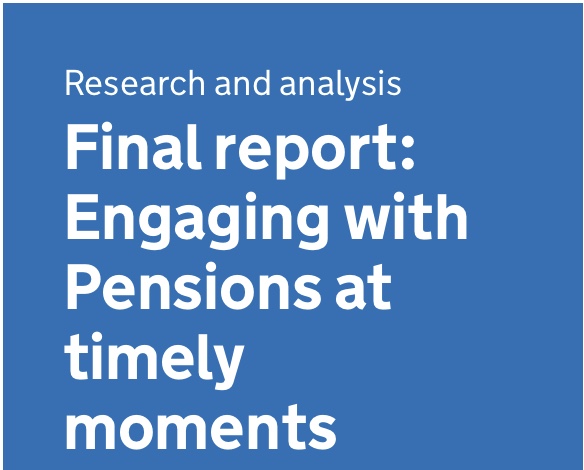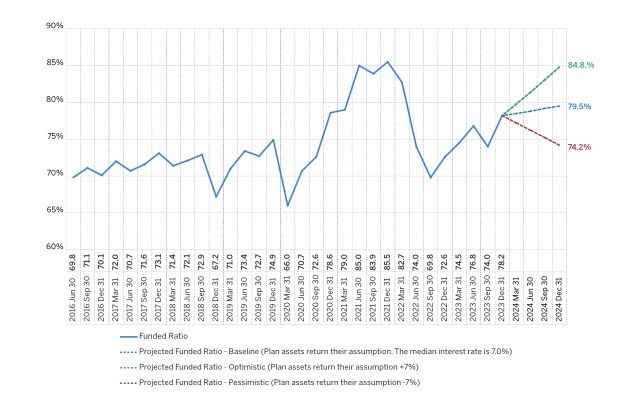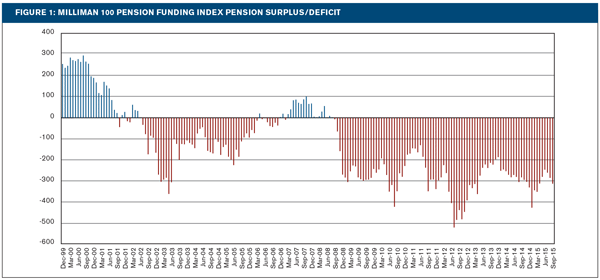An Assessment of the 2019 and 2020 Pension Reforms in Mexico
By Boele Bonthuis In recent years the Mexican pension system has changed significantly. In 2019 the existing means-tested social pension was made universal – covering everyone over the age of 65 – and the benefit level increased. In 2020, the main regime of the private sector was substantially reformed, increasing contribution rates for the funded defined contribution system, lowering the minimum years of contributions needed to receive an earnings-related pension, and increasing minimum pensions. This paper tries to assess the...










